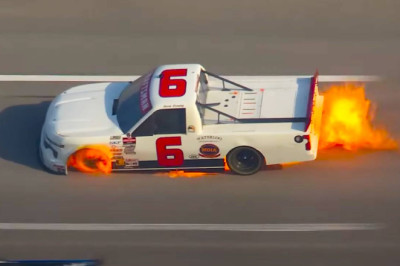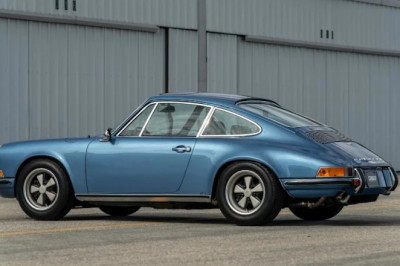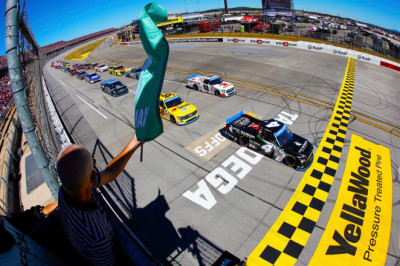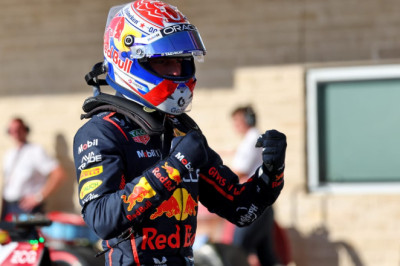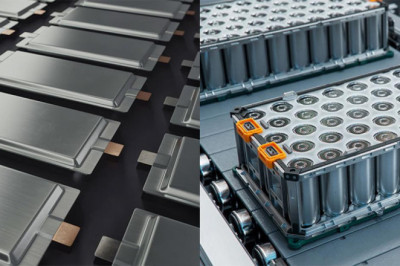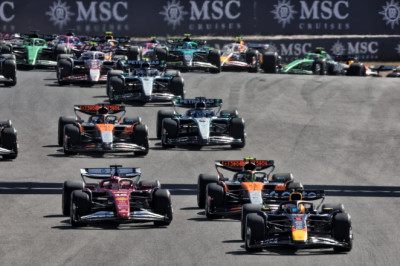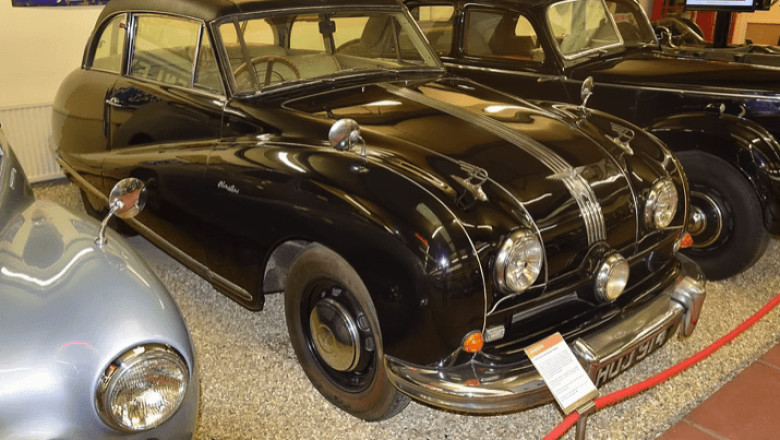
1940s Great Britain. Home of steel shortages, a draconian export or die government edict on car & truck and cycle makers, and still very much recovering from the Germans' reign of terror in World War II. Noticing that the A40 Devon/Dorset were not very popular Stateside compared to American domestic cars or even "captive imports" like the early English Fords or rivals like the Standard Eight, Singer Nine and Sunbeam-Talbot 80, Sir Leonard Lord of Austin Motors in Longbridge initiated a simple sketch, influenced by both cross-Channel and cross-Atlantic creations as diverse as the Tatraplan T600, 1946 Buick, Alfa Romeo 6C2500, Delahaye, Delage, etc. It is also likely that the WWII-developed Nash Rambler debuting in the US for 1950 and created by George Romney, played a part in this design.
It was launched initially as a four-seat convertible, making its début at the 1948 Earl's Court Motor Show in London, with production models built between early 1949 and late 1950. A two-door coupe, marketed as the A90 Atlantic sports saloon, followed a year later. It had been previewed at the 1949 Motor Show, and was in production at Longbridge between 1950 and 1952.
With the government's edict of "export or die", and steel allocated only to those who generated much needed revenue, the Atlantic was designed specifically to appeal to North American tastes. The car featured up-to-the-minute detailing, with a wrap around windscreen, composed of a flat glass centre section with tiny curved end panels. The front wings (fenders) sported twin "flying A" hood ornaments and swept down to a rounded tail, with spats enclosing the rear wheels. A centrally mounted third, main beam, headlight was built into the letter-box style air intake grille, and the then unheard of luxury of hydraulically powered windows and hood (convertible top), "flashing indicators" (blinkers) rather than trafficators (semaphores), at least on export models, and the option of Ekco or His Master's Voice Autocrat radios. The range-topping Austin was offered in a variety of "jewelescent" colours with names like "seafoam green" and "desert gold", but few of these new metallics were sold in the UK market. The convertible, a three window, drophead coupe, had a simple fabric top, without rear quarter lights (opera windows), which butted up to the rear of a rather thick windscreen header rail. The fixed head, five window, sports saloon (hardtop), could be had with its roof painted or covered in fabric. This gave it the popular "drophead", or "cabriolet", look; all the style with no leaks. As its final trick, the center section of the three piece, wrap-around, rear window could be lowered into the boot (trunk), for added ventilation, by a remote winder above the front windscreen. Few people in the car's native Britain would have ever seen anything like the futuristically-styled Atlantic before, and certainly not from a conservative mainstream manufacturer like Austin. The radical Atlantic suffered, however, from the dramatically new and jaw-droppingly beautiful Jaguar XK120, which also launched at the 1948 Motor Show. Had the XK not made its debut then, export sales may not have faltered for this design.
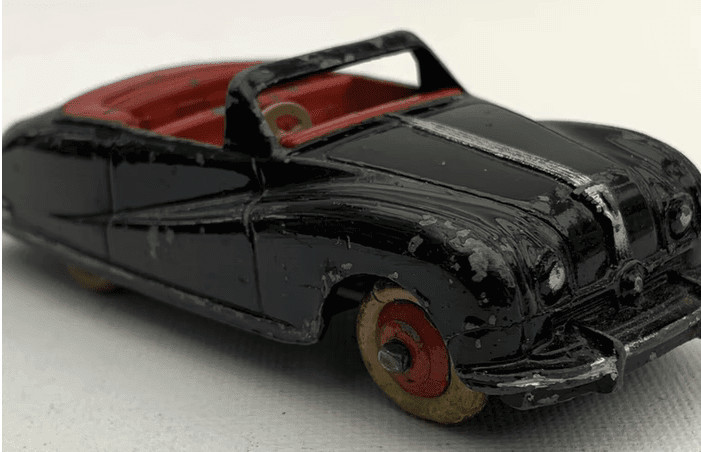
Legacy
The car did see more success in former British Colonies, Europe, Scandinavia and Australasia. The lack of factory rust proofing and styling that produced a multitude of mud traps led to rapid corrosion commonplace among many rushed post-war British designs. As a consequence of this and many Atlantics being broken up to provide spares for the Austin-Healey 100 very few examples survived into the 1970s, let alone the next century. In the UK today, it is estimated that fewer than 60 survive, half of them roadworthy. Most survivors exist today in export markets. Dinky Toys, Meccano Dublo, Tri-Ang, and Brooklin Models, among others, made toy models of the convertible. DeAgostini in China still makes the old Dinky Toy as a collectible.






